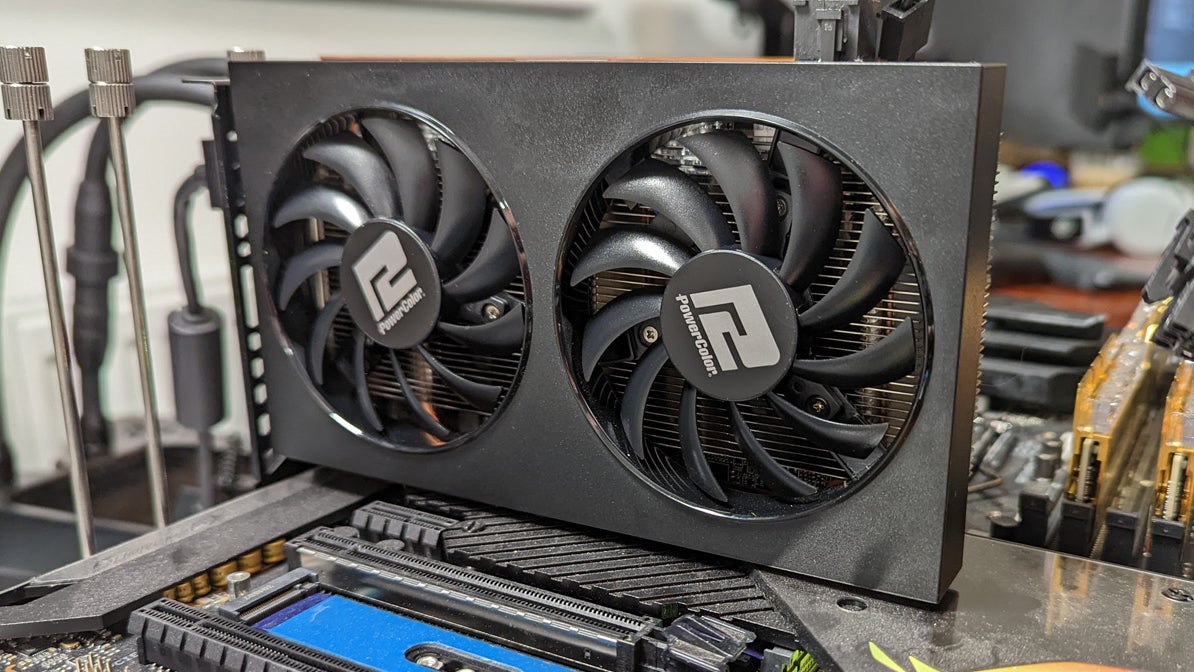The AMD Radeon RX 6500 XT is in many respects exactly what we’d been waiting for: a budget GPU at just $200, intended to offer solid gaming performance at 1080p. Unfortunately, the reality of the situation is a little different – the card hasn’t been widely available at that alluring price point and early reports point to performance that isn’t as solid as it ought to be, even for this class of card.
One potential reason for this shaky performance is that AMD has opted to include just four PCIe lanes with the RX 6500 XT, compared to the more usual eight or 16. That makes sense with modern PCIe 4.0, where each lane can deliver an impressive amount of bandwidth, but what happens when you use the 6500 XT on a PCIe 3.0 system where bandwidth per lane is halved?
That’s what many potential purchasers of the RX 6500 XT will experience, and it’s also what we’ve tested – as our standardised GPU test bed is one such PCIe 3.0 system. We also performed like-for-like PCIe 3.0 vs 4.0 testing, to see exactly how much performance is being left on the table.
Our GPU testing includes comparisons to the lower echelons of AMD and Nvidia’s current-gen lineups, as well as a classic card of yesteryear: the RX 580 8GB. This GPU debuted at $249 back in 2018, then dropped below $200 before The Great Upmarking, putting it in much the same weight class as the 6500 XT.
There’s plenty to discuss, so let’s get into it – starting with a quick look at the card and its specs so we can get a better idea of what we’re dealing with here.
1 of 6 Caption Attribution Just two lonely ports: HDMI 2.1 and DisplayPort 1.4.
Interestingly, the RX 6500 XT is AMD’s first 6nm design, albeit using the same RDNA2 architecture that the rest of their RX 6000 series graphics cards. We’re not expecting a massive efficiency increase as the result of this change, but it might have contributed to the design’s very high game clock. It’s rated at 2610MHz on the spec sheet, but we regularly saw GPU core frequencies hovering around 2844MHz – impressive stuff. Power usage is also extremely low given the frequency, with boards rated for a nominal TDP of 107W, compared to 160W for the RX 6600 XT. That means this should be amongst the easiest boards to include in low-power systems, while still including features like hardware-accelerated ray tracing.
